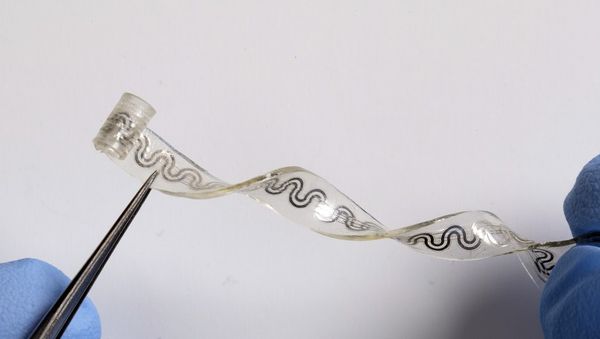UCLA researchers demonstrated an artificially intelligent material that can modify its behavior and shape in response to varying conditions. The new material class, called Mechanical Neural Network (MNN), is comprised of a structural system of “independently tunable beams.”
- Each beam has a “voice coil, strain gauges, and flexures” that allow the beam to change length, altering the material’s characteristics and behavior as it is exposed to more ambient circumstances.
- The researchers used pre-existing artificial neural networks to build the MNN material. The research was led by UCLA professor Jonathan Hopkins, who stated that the same concepts employed in machine learning "give this material its smart and adaptive properties."
- The findings were published in Science Robotics.
Zoom Out: The material could someday be used in constructing planes, buildings, and imaging technology.
- For example, it could allow aircraft wings to change shape depending on the wind pattern during flight to improve efficiency. Or during an earthquake, a building containing the material may modify its rigidity in certain areas.









